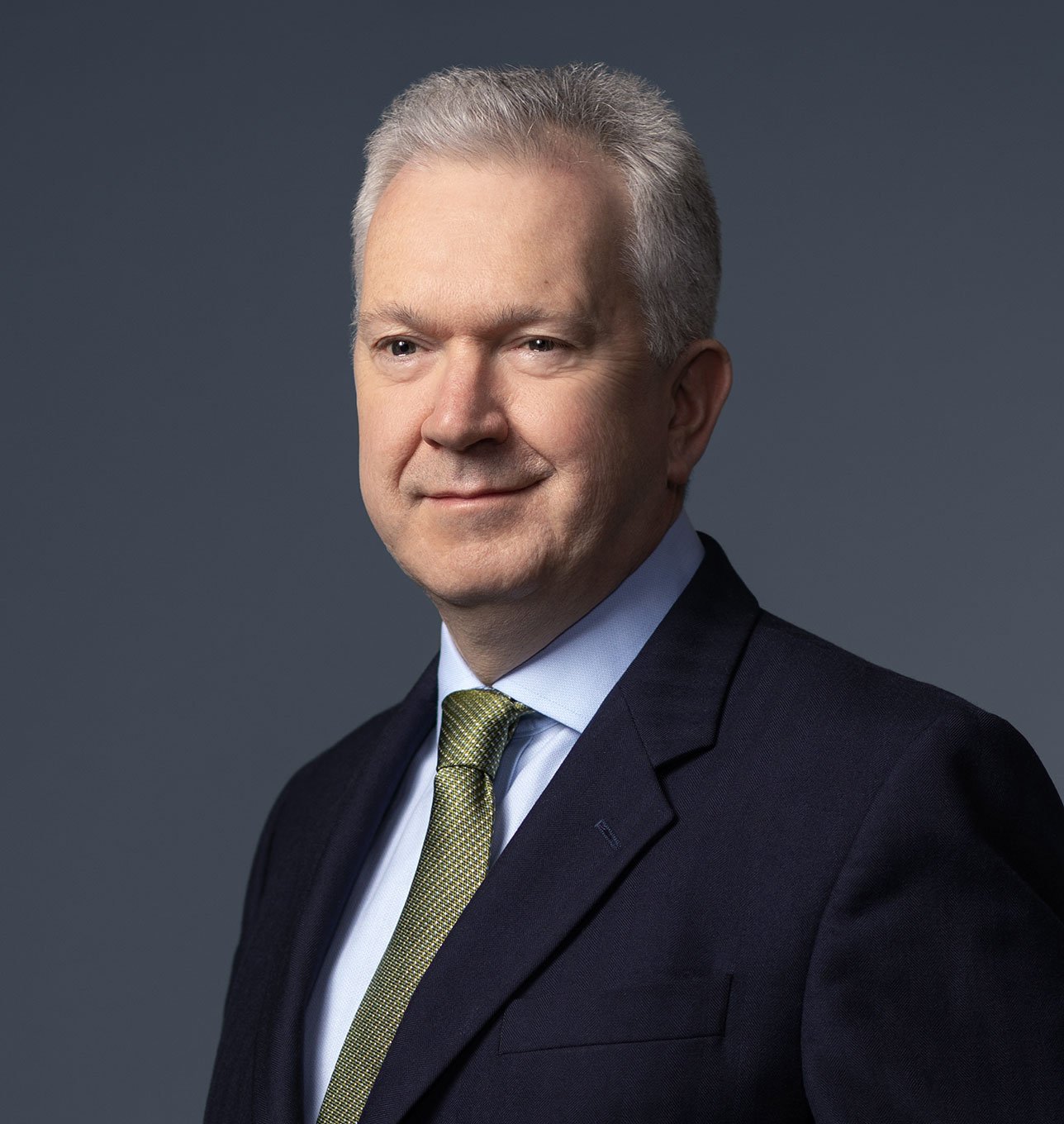AIFMD II – What EU and non-EU fund managers need to know
In order to harmonize the regulatory framework governing the European fund market, the European Commission has revised the existing Alternative Investment Fund Manager Directive – Directive 2011/61/EU (the "AIFMD"), with the introduction of the Alternative Investment Fund Manager Directive II ("AIFMD II").
The European Commission sees a particular need for change in the areas of delegation agreements, liquidity risk management, regulatory reporting, the provision of custody and depositary services and lending by alternative investment funds ("AIFs"), whilst the definitions of AIFs and also of managers of AIFs ("AIFMs") do not change.
In the following, we will summarize these changes with a particular focus on the key points for non-EU fund managers, non-EU-fund marketing requirements and the national private placement regime ("NPPR").
The AIFMD II will enter into force on the 20th day following its official publication, which is expected to take place shortly. The directive must be transposed into national law mostly within 24 months of its entry into force.
It remains to be seen how national legislators transpose the AIFMD II into national law (in particular in Ireland and Luxembourg where funds may be established) and if there will be more onerous requirements imposed by national regulators (gold plating).
I. Impact on Non-EU Entities
AIFMD II will not be directly applicable to funds based in non-EU jurisdictions (including the United Kingdom). Nevertheless, as is already the case, non-EU fund managers ("non-EU AIFMs") will be impacted by AIFMD II where a non-EU AIFM:
(a) markets to, and raises capital from, an EU-domiciled investor; and/or
(b) acts as a delegate or agent of an EU-AIFM.
In these instances, a number of the new provisions on delegation, annual and regulatory reporting and investor disclosures will apply.
Non-EU AIFMs will be impacted by the marketing requirements for non-EU funds (cf. item I.1) as well as the NPPR (cf. item I.2).
As for UK-based funds and the UK version of AIFMD, there is currently no indication that the UK is planning to make similar changes. The UK Financial Conduct Authority ("FCA") has, however, suggested that there will be a consultation on UK AIFMD during the course of 2024 to implement certain simplification measures.
1. Non-EU-Fund Marketing Requirements
AIFMD II also modifies the marketing rules for non-EU funds. Non-EU funds and non-EU fund managers are prohibited from marketing within the EU if they do not fulfil certain requirements of AIFMD II.1 The existing term of a non-cooperative country and territory of the Financial Action Task Force (FATF) is replaced by the term "high-risk third country" in accordance with Directive (EU) 2015/849 (Fourth Anti-Money Laundering Directive).2 Accordingly, the fund or fund manager may not have its registered office in such a high-risk third country. Furthermore, the third country must not be on the EU list of non-cooperative jurisdictions for tax purposes and must have signed a qualified agreement on the exchange of information in tax matters with the home member state of the EU fund manager and the member states in which the distribution takes place in accordance with the standards of the OECD Model Tax Convention on Income and on Capital.
2. National Private Placement Regime (NPPR)
The scope of the regulatory reporting obligation of EU fund managers and non-EU fund managers that market funds without a European passport as part of a national private placement is to be expanded in accordance with AIFMD II to include further asset and market-related data.3 The requirements correspond to the requirements for non-EU funds in accordance with AIFMD II.4 The third country in which the fund or fund manager is domiciled must not be classified as a high-risk country according to Directive (EU) 2015/8495, must not be on the list of non-cooperative jurisdictions for tax purposes and must have signed a qualified agreement on the exchange of information in tax matters.
II. Key Changes for all EU Fund Managers to Know About
The following information sets out the key changes introduced by the AIFMD II, which generally apply to all EU AIFs and EU AIFMs, and which are therefore relevant for all non-EU AIFMs who wish to operate within the EU in the future.
1. New General Loan Origination Requirements
The AIFMD II imposes new obligations on AIFs that carry out "loan origination" – defined as granting a loan either directly as an original lender or indirectly through a special-purpose vehicle or another party (where the fund manager sets the characteristics of the loan or structures the loan). Very broadly, most loan origination provisions apply to all funds when originating loans, but a few loan origination provisions only apply to funds that originate loans on a significant basis – so-called "Loan Originating Alternative Investment Funds".
The new obligations include:
1.1 Loan-Granting Policies and Procedures
Under AIFMD II AIFMs that manage lending funds must implement effective and up-to-date policies, procedures and processes for the granting of loans.6 In doing so, they must assess the credit risk, administer and monitor their loan portfolios and review them regularly, but at least annually. The existing German regulation already reflects these requirements.7
These requirements will not apply in the case of shareholder loans8 where the notional value of the loans is, in aggregate, below 150% of the fund’s capital.
1.2 Concentration Limit - Diversification
Furthermore, AIFMD II will reduce the risk to the financial system by restricting lending to a single borrower if it is a financial institution.9
AIFMD II will require that a loan granted by the managed fund to a financial undertaking or undertaking for collective investment in transferable securities (UCITS) may not exceed 20% of the fund’s capital (including loans made through a special purpose vehicle).10 The aim of these regulations is to avoid interconnectedness in the lending business with financial companies. Existing German law corresponds to the new provisions of AIFMD II.11
1.3 Prevention of Conflicts of Interests
In order to prevent conflicts of interest, AIFMD II includes a prohibition on loans to fund governing bodies. This prohibits the fund from granting loans to its fund manager, its employees, its depositary or a company to which the fund manager has delegated capacities.12 An exemption is made for lending to entities in the same consolidated group as the fund, if the entity is a financial undertaking which exclusively finances borrowers that do not fall into any of the above categories.
Applicable German law does not yet provide for a statutory prohibition of loans to governing bodies, meaning that transposition into national law is to follow.
1.4 Risk Retention
Under the new AIFMD II, a AIFM must comply with a risk retention and ensure that the fund it manages retains 5% of the nominal value of the loans it has granted (and subsequently granted on the secondary market) on an ongoing basis and does not pass them on.13 This aims to avoid the associated moral hazard of granting loans in order to sell them on the secondary market immediately afterwards. This does not, however, apply to loans that the fund itself has acquired on the secondary market. There are helpful exemptions for situations where the fund is being wound down and the AIFMis selling assets in order to enable investors to redeem their interests and where the sale is "in the best interests of the investors".
National law in Germany does not yet provide any regulation for this scenario.
In addition, AIFMD II will also contain more extensive structural requirements for lending funds. In order to avoid a maturity mismatch and the corresponding credit default risk, the nominal value of the loans granted by the fund may not exceed 60% of its net asset value14 in accordance with Sec. 16 para 2a AIFMD II, unless it is a closed-ended fund.
National law in Germany already partially regulates this aspect, meaning that the German parliament only needs to make a limited number of adjustments.
2. Specific Requirements for "Loan Originating Funds" – Limits on Leverage
Following extensive negotiations in the legislative process, AIFMD II now distinguishes between open-ended and closed-ended funds and provides for different leverage limits for each, whereby the former are seen as a greater risk. For open-ended funds, the leverage limit is 175%, and for closed-ended funds 300%, of the ratio between the value of the loan utilized by the fund and its total value. However, these leverage limits do not apply to lending funds whose activities consist exclusively of granting shareholder loans, provided that the amount of the loan does not exceed 150% of the fund’s capital.
A fund is considered leveraged if its risks are increased by the fund manager in any way (e.g., through the borrowing of cash or securities or leverage in derivative positions). This is not limited to borrowing by the fund and includes a wide range of exposures such as derivatives, repos and securities lending agreements.
3. Liquidity Management
- AIFMD II will extend the existing liquidity management provisions in AIFMD, with new obligations and powers for fund managers of open-ended funds. Accordingly, a fund manager of an open-ended fund must select at least two suitable liquidity management tools.15 These enable managers to counter redemption pressure under tight market conditions and to protect investors more effectively. The newly included catalogue of liquidity management tools will also improve the effectiveness of supervisory authorities' responses to market disruptions.
- The instruments are to be selected according to their suitability, which is determined on the basis of investment strategy, liquidity profile and redemption policy. Liquidity management instruments include redemption restrictions, notice periods, liquidity fees on redemptions, swing/dual pricing, anti-dilution fees or redemptions in kind. Funds must report the activation or deactivation of liquidity management instruments in a manner inconsistent with the normal course of business (e.g. the fund documentation) immediately to the national supervisory authority of their home states.
4. Additional Services of Fund Managers
In order to increase the efficiency of management activities, the catalogue of Markets in Financial Instruments Directive ("MiFID II") services that fund managers provide in addition to collective investment management will be expanded. These services will no longer be subject to AIFMD, but to MiFID II rules. The authorized ancillary services in AIFMD will be expanded to include benchmark administration and credit servicing.16
5. European Passporting Regime for Depositaries
- AIFMD II provides for a relaxation of the regulations concerning depositaries. In the future, it will no longer be necessary for a depositary to be located in the same member state as the appointing fund. The prerequisite for EU-wide activity is that all conditions of AIFMD II are met and prior authorization has been granted by the competent authority.
- This regulation may extend the market access of depositaries to the entire territory of the EU and soften the market concentration in small national markets.
6. Delegation Arrangements
- The rules on delegation set out in AIFMD II will apply to certain functions including but not limited to any other function or activity which is already provided by the fund manager in relation to a fund that it manages or services that it provides, provided that any potential conflict arising from this is managed appropriately.17 Fund managers intending to delegate such services to a third party must notify the competent national authority before the delegation agreement takes effect.
- Fund managers will have to provide additional information to regulators on delegations, including details of the delegates, information on the delegation, a detailed description of the human and technical resources to be used by the fund manager for day-to-day portfolio and risk management and for monitoring the delegated activity and a description of the periodic due diligence measures used to monitor the delegated activity.
1 See Art. 35 para. 2 lit. b) and c), Art. 36 para. 1 AIFMD II.
2 Cf. Art. 9 para. 2 of Directive (EU) 2015/849.
5 Cf. Art. 9 para. 2 Directive (EU) 2015/849.
6 Art. 15 para. 3 lit. d) AIFMD II.
7 See Sec. 29 para. 5 sent. 1 KAGB.
8 "Shareholder loan" means a loan which is granted by a fund to an undertaking in which it holds directly or indirectly at least 5 % of the capital or voting rights, and which cannot be sold to third-parties independently of the capital instruments held by the fund in the same undertaking.
9 Art. 15 para. 4a to 4c AIFMD II.
11 See Sec. 285 para. 2 no. 3 KAGB.
12 Art. 15 para. 4 lit. d) AIFMD II.
14 In accordance with Sec. 16 para 2a AIFMD II.
15 Art. 16 para. 2b, 2c and 2e AIFMD II.
17 See the amendments under Art. 6 para. 4 AIFMD II and under Annex I AIFMD II.





